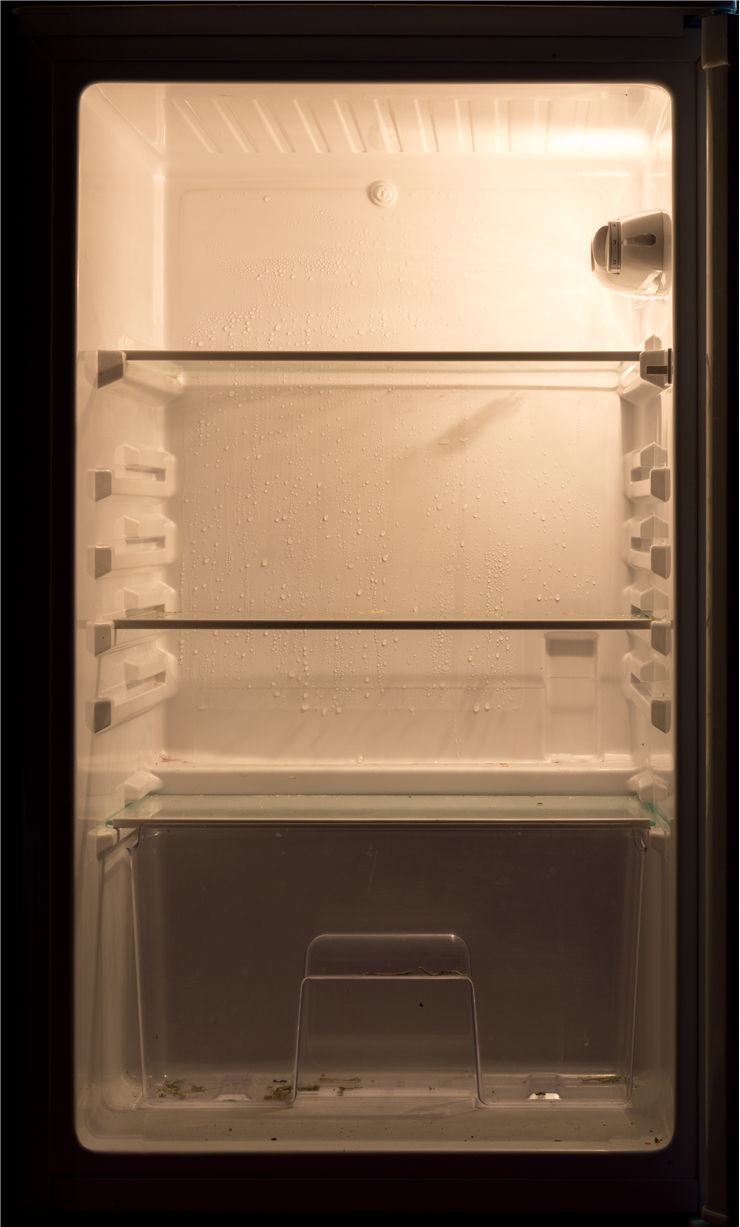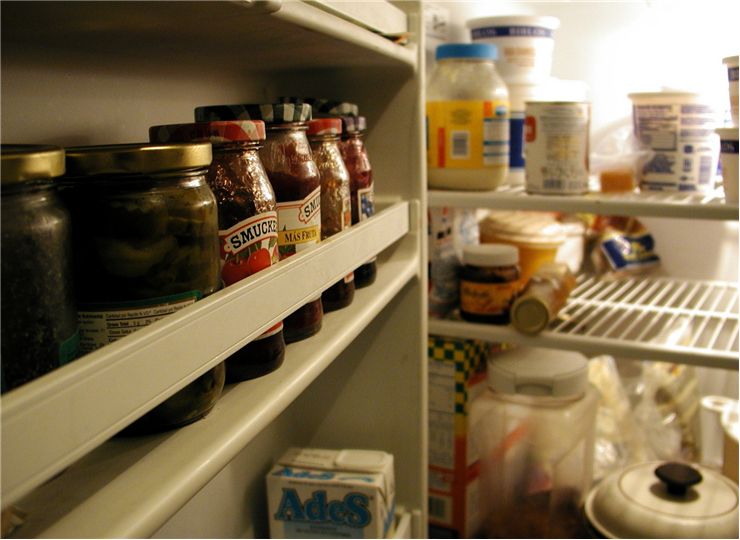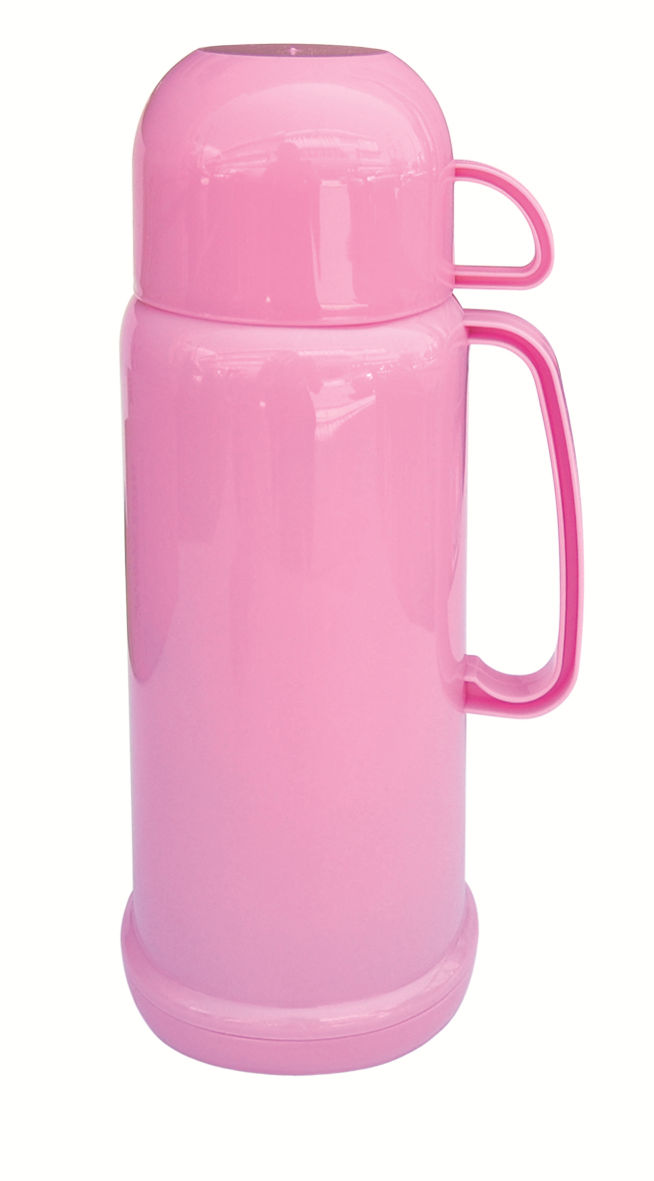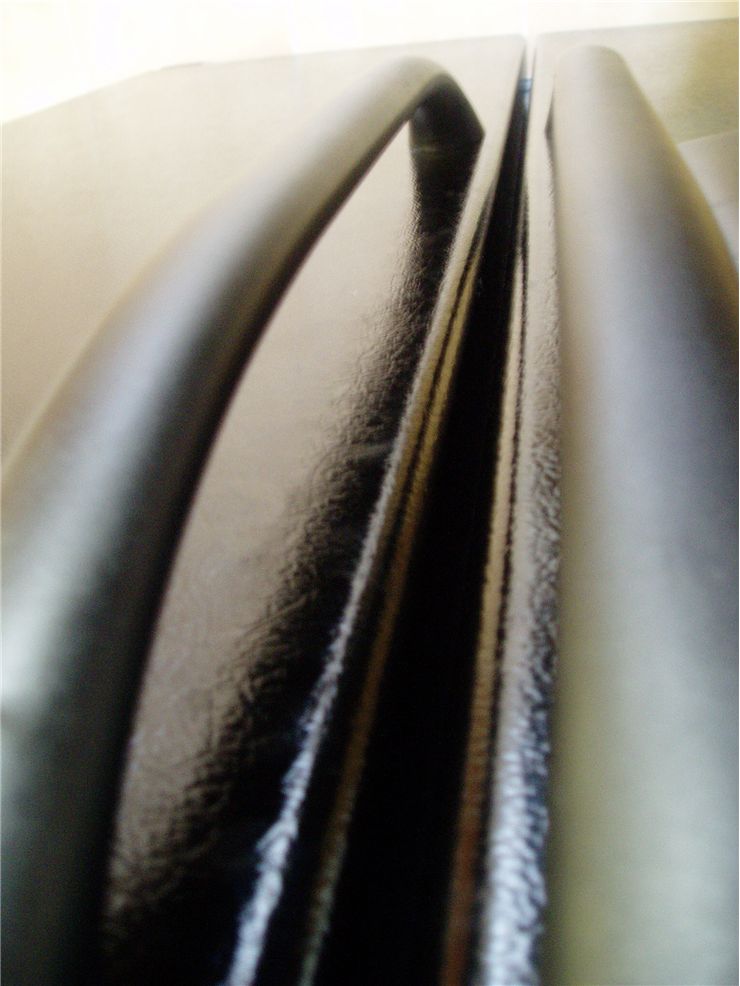History of Fridges and Freezers
There are many methods of preservation of food so it could last longer. It can be canned, pickled or salted. The most common method is refrigeration and for thousands of years we use cold to keep our food from spoiling. Only in the last two centuries we use technology to produce cold for this purpose. In our households we use refrigerators (or fridges), and freezers.
Before the refrigerators, there were ice boxes a way to store ice inside a home. They appeared at the beginning of the 19th century and were in use until the 1930s. They were made of wood and an interior lined with tin, cork or zinc. In one partition was placed a block of ice while in others food was placed.
For a beginning of an artificial refrigeration is taken 1755 when Scottish professor William Cullen made a public experiment in which he showed artificial lowering of a temperature with a simple apparatus. He placed diethyl ether in a closed container and used a pump to create a partial vacuum in it. Diethyl ether started boiling because lower pressure lowered its boiling point. Boiling diethyl ether absorbed heat from the surrounding air. It even created a small amount of ice, but apparatus could not be practically used.
After that many experimented with different liquids and different machines. First to look at least little like modern refrigerator appeared in 1913, when Fred W. Wolf of Fort Wayne, Indiana invented a unit that was mounted on top of an ice box. Nathaniel B. Wales of Detroit, Michigan invented in 1914 electric refrigeration unit. Alfred Mellowes made his in 1916 but was bought out by William C. Durant in 1918 who later started the Frigidaire Company. In 1918 appeared refrigerator by Kelvinator Company that had automatic control. Most of these refrigerator units had mechanical parts, motor and compressor, placed in the basement or an adjacent room while the cold box was located in the kitchen. In 1927 appeared General Electric "Monitor-Top" and became the first widely popular refrigerator. These first refrigerators used sulfur dioxide or methyl formate which are very toxic so another refrigerating liquid was in order. Low-toxicity alternative appeared in 1920s and expanded the refrigerator market. It was Freon. The first freezers appeared during the 1940s, then known as deep freeze but did not go into mass production until after the World War II. Refrigerators advanced in time and automatic defrosting and automatic ice making appeared in 1950s and 1960s. In the 1970s and 1980s refrigerators became more efficient.
Freezer units are used in homes as well as in industry and in commerce. They store food below -18°C which makes it safe indefinitely. They generally maintain temperatures from -23 to -18°C although some freezers that are not combined with refrigerators can to -34°C and even lower. Optimum temperature range for food storage is 3 to 5 °C so refrigerators are often set in that range although they can go as low as -23°C but never lower. Domestic freezers can be made as a part of a refrigerator or can be made as a separate appliance. If they are made as a separate appliance they can be made to stand and have drawers or in a laid position - so called chests.



